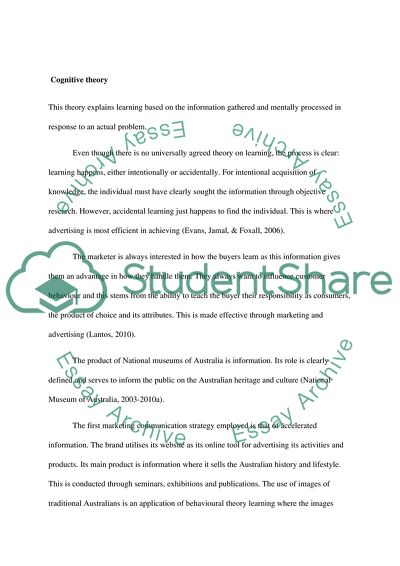Cite this document
(The Behavior Theory Essay Example | Topics and Well Written Essays - 1750 words, n.d.)
The Behavior Theory Essay Example | Topics and Well Written Essays - 1750 words. https://studentshare.org/journalism-communication/1774783-portfolio-ii-essay
The Behavior Theory Essay Example | Topics and Well Written Essays - 1750 words. https://studentshare.org/journalism-communication/1774783-portfolio-ii-essay
(The Behavior Theory Essay Example | Topics and Well Written Essays - 1750 Words)
The Behavior Theory Essay Example | Topics and Well Written Essays - 1750 Words. https://studentshare.org/journalism-communication/1774783-portfolio-ii-essay.
The Behavior Theory Essay Example | Topics and Well Written Essays - 1750 Words. https://studentshare.org/journalism-communication/1774783-portfolio-ii-essay.
“The Behavior Theory Essay Example | Topics and Well Written Essays - 1750 Words”. https://studentshare.org/journalism-communication/1774783-portfolio-ii-essay.


